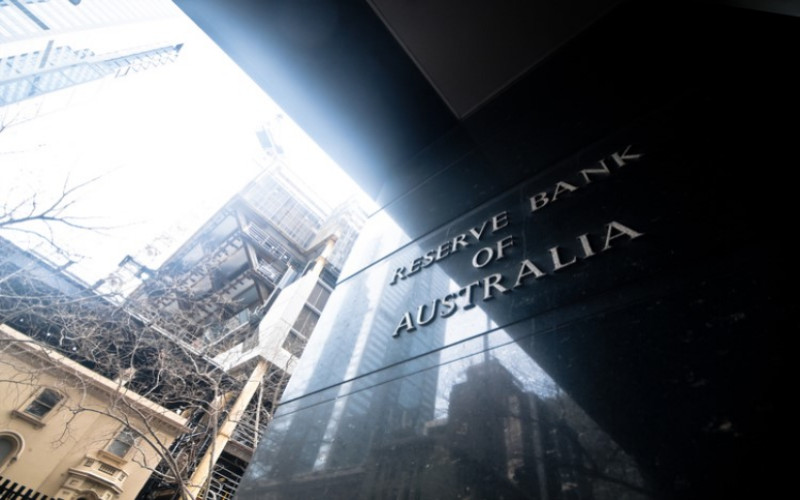
For the tenth consecutive month, the Reserve Bank of Australia (RBA) has raised the cash rate, which is now perched at 3.6%.
The 25bps increase, which was widely expected by economists from the major banks, brings the cash rate to its highest level since 2012.
Here are the highlights from RBA Governor Philip Lowe’s statement:
On inflation, economy, and labour market
- Global inflation remains very high but the monthly CPI indicator suggests that inflation has peaked in Australia.
- Economic growth has slowed, with GDP increasing 0.5% over the December quarter and 2.7% over the year.
- It expected that the growth over the next couple of years would be below trend, given the softened outlook for housing construction and the slowing down in household consumption due to the tighter financial conditions.
- While the labour market remains very tight, conditions have eased a little.
- While unemployment rate remains close to a 50-year low, employment fell in January.
- Wages growth is continuing to pick up in response to the tight labour market and higher inflation.
On outlook of cash rate:
- RBA recognises that the monetary policy operates with a lag and that the full effect of the cumulative increase in interest rates is yet to be felt in mortgage payments.
- While some households have substantial savings buffers, others are experiencing a painful squeeze on their budgets due to higher interest rates and the increase in the cost of living.
- RBA remains committed to return inflation to the target band, noting that high inflation “makes life difficult for people and damages the functioning economy”.
- Further tightening of monetary policy will be needed to ensure that inflation returns to target and that this period of high inflation is only temporary.
PropTrack senior economist Eleanor Creagh said this move is a clear indication of the RBA’s determination to bring down inflation and avert a wage-price spiral.
“The recent wage price data came in below expectations, indicating the breakout in wages growth is not as bad as feared and alleviating some of the concerns around an imminent wage price spiral,” she said.
“There’s also mounting evidence that household spending is slowing as the substantial tightening already pushed through weighs on households.”
Rebalancing of the housing market
Ms Creagh said the substantial tightening that has been pushed through already has quickly rebalanced the housing market, with prices falling from peak levels in most parts of the country.
In fact, prices have also fallen for nine consecutive months and are now sitting 3.90% below their March peak, despite bouncing 0.18% in February.
“Sellers in market now are benefitting from low competition with other vendors, as buyers vie for available stock,” Ms Creagh said.
“The constrained level of properties available for sale has concentrated buyer demand and is ‘putting a floor’ under home prices to a degree.”
With cash rate no up 350bps from the historic low of 0.1%, maximum borrowing capacities have declined by around 30%, which could imply further price falls.
“If we see an increase in stock levels in the coming months, that will remove a pillar of support for home prices, and together with the downwards pressure from rate rises, weigh on prices over the next few months,” Ms Creagh said.
Should the cash rate stabilise later this year, the declines in home prices are likely to ease.
“The downward pressure from rate rises will also be countered to a degree by positive demand effects that stem from tight rental markets and rental price pressures, rebounding foreign migration, stronger wages growth, and over the long run, housing supply pressures,” Ms Creagh said.